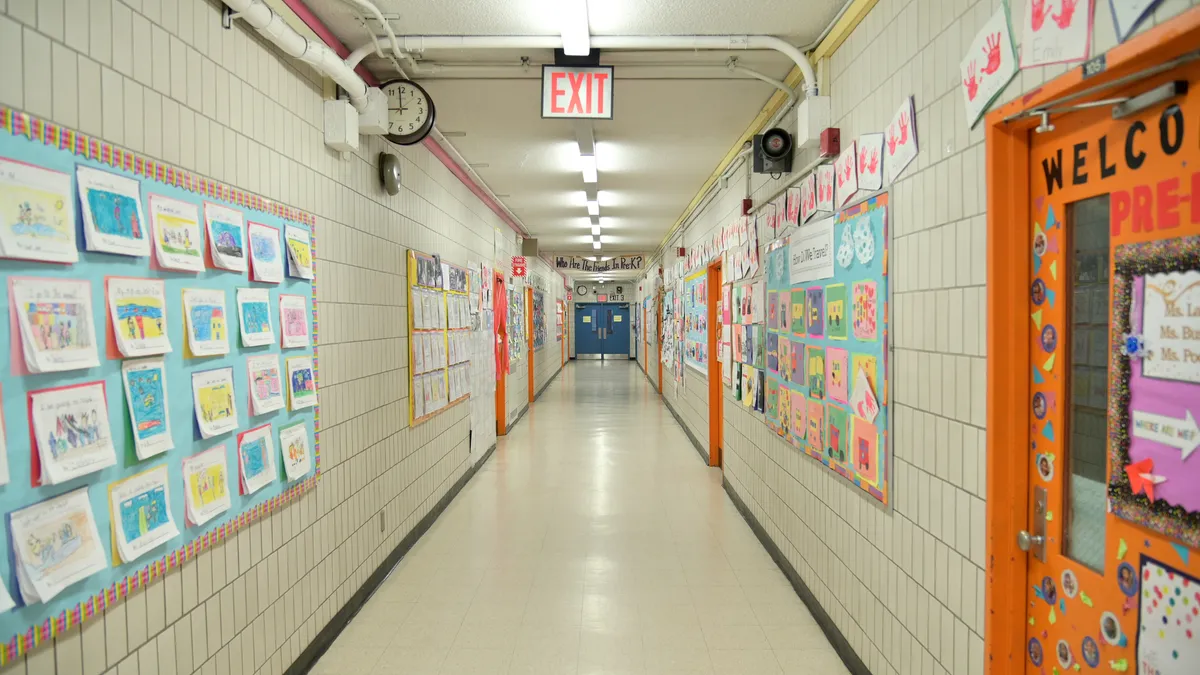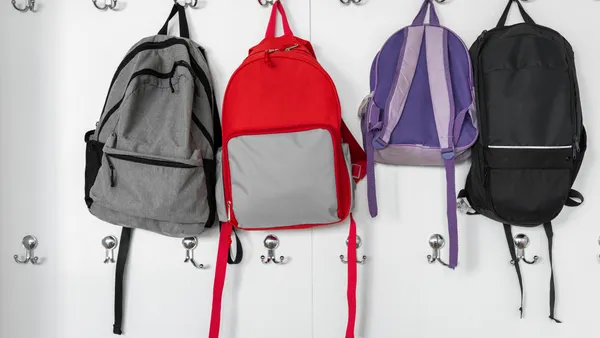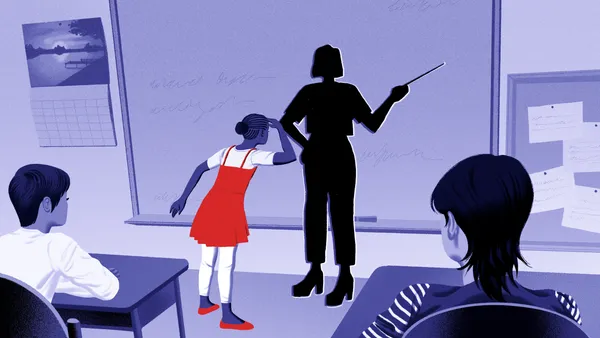States saw a surge in the number of districts receiving McKinney-Vento funds supporting the education of students experiencing homelessness beginning in the 2021-22 school year — with the number of schools receiving funds increasing sixfold, a report from SchoolHouse Connection released today shows.
At normal funding levels, fewer than one in four school districts receive dedicated funding to identify and support children and youth experiencing homelessness, according to the group, which released the report based on data from 37 states. SchoolHouse Connection is a nonprofit that advocates for homeless students' school supports and provides resources to programs, schools and families.
Federal aid targeted at homeless youth helped 6,324 additional districts that usually do not receive regular McKinney-Vento subgrants in the 37 states that responded. In 33 of those states that have distributed both rounds of American Rescue Plan Homeless Children and Youth funding, this represents a 611% overall increase in the number of districts receiving dedicated homeless education funding. State increases range from 60% to 2300%.
For districts receiving these funds for the first time, "in many respects, they may be at a more basic level, because for the first time they will be able to do things like have dedicated staffing or offer support for after school programming," Barbara Duffield, SchoolHouse Connection's executive director, said about districts receiving these funds for the first time.
"And that's really part of the vision for what all districts — certainly more than one in four — ought to have: specific funding to support this population," Duffield said.
Prior to the distribution of ARP funds targeted at homeless students, only 18% of school district homeless liaisons surveyed by SchoolHouse Connection in fall 2020 said federal aid flexibility was being used to support homeless students.
Combined with the fact that most homeless students were not eligible for housing and homeless assistance due to federal definitions of homelessness, this led to a 22% drop in the enrollment of homeless students during the 2020-21 school year when compared to the 2018-19 school year, the new report suggests.













